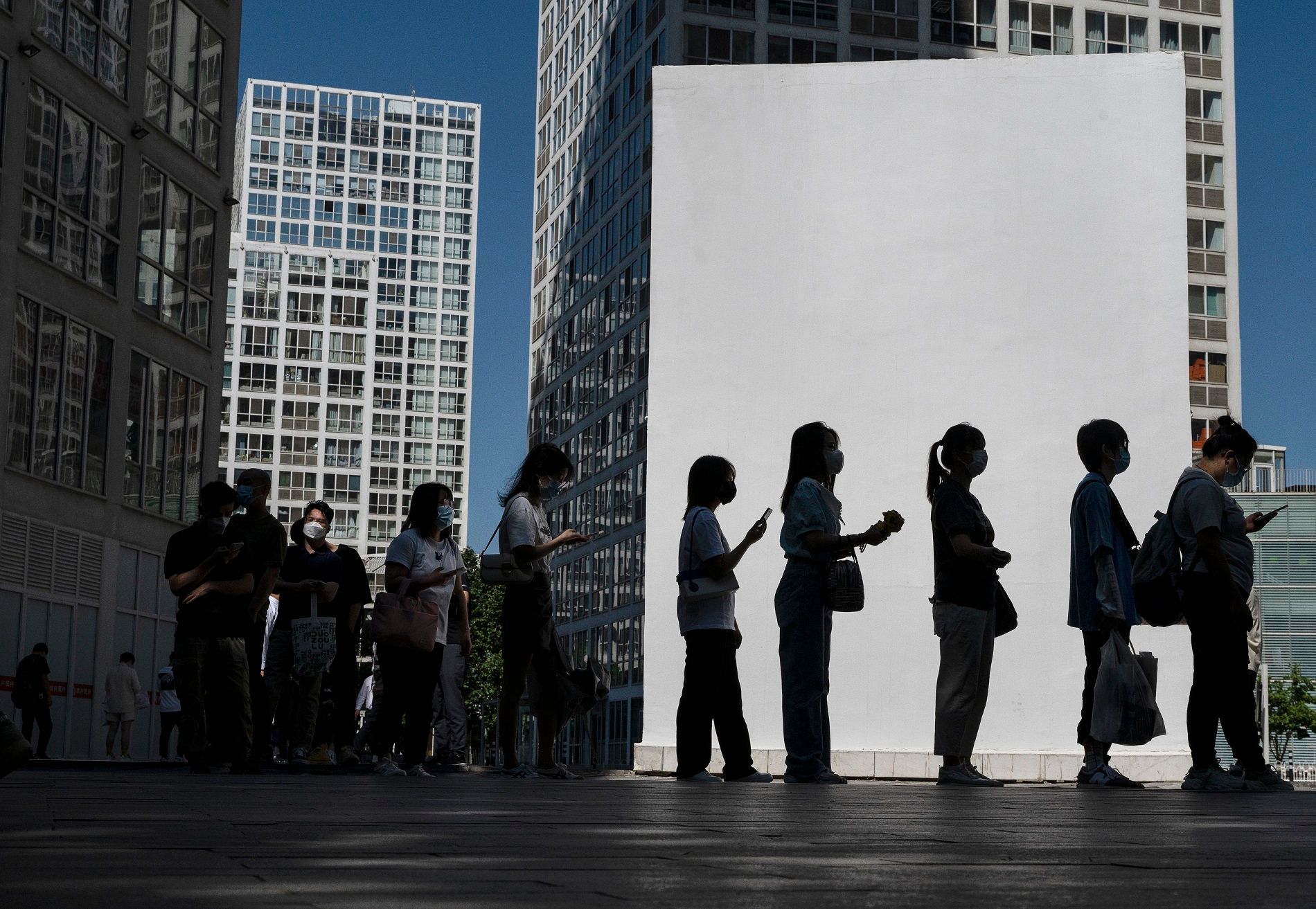
China’s soaring youth unemployment rate is becoming a big economic burden for the government, and some contentious solutions appear to have been proposed. Guangdong, China’s wealthiest province and manufacturing powerhouse, has proposed sending 300,000 jobless teenagers to the countryside for two to three years to find work.
This month, the province that borders Hong Kong announced that it will assist recent college graduates and young entrepreneurs in finding work in rural areas. It also pushed young people who had gone to cities from rural regions to return home and look for work. According to statistics, one in every five young people in Chinese cities is unemployed.
The Challenge of Youth Unemployment in China: Proposals and Concerns
Youth unemployment in China has been a source of concern in recent years, with the country’s economic slump and evolving employment landscape complicating matters for young job seekers. The declaration follows Chinese President Xi Jinping’s December call for urban youngsters to seek jobs in rural areas in order to “revitalize the rural economy.”
Xi’s declaration was a nod to the late leader Mao Zedong’s campaign, which exiled tens of millions of urban youth to China’s outlying areas decades earlier.
The Guangdong proposal, which drew strong condemnation on social media, came as the urban unemployment rate for those aged 16 to 24 rose to 19.6 percent, the second-highest level on record. According to CNN calculations based on the most recent National Bureau of Statistics data, that percentage equates to over 11 million young people unemployed in China’s cities and towns. It is worth noting that China only publishes employment data for urban areas.
This year, over 11.6 million college students are projected to graduate and enter the labor force, pushing the young unemployment rate even higher.
“If the earlier COVID-19 protests reveal anything, it’s that large numbers of angry, well-educated youth in China’s cities could present big problems for the ruling Chinese Communist Party,” said Alex Capri, a research fellow at the Hinrich Foundation.
“Dispersing them to smaller villages in the countryside could mitigate this risk and, possibly, help diminish income disparities between China’s tier 1 and tier 2 cities and the poorer areas of the country.”
Youth unemployment in China: Causes, consequences, and solutions
The Chinese economy is slowing primarily due to rising rates of youth unemployment. A regulatory assault on the Internet, real estate, and education businesses also hurt the private sector, which accounts for more than 80% of jobs in China.
Young job searchers in China face obstacles such as a mismatch between their abilities and qualifications and the needs of the job market, as well as a shortage of career prospects in particular industries and areas.
To combat youth unemployment, the Chinese government has launched a variety of policies and initiatives, including vocational training programs, employer subsidies for hiring graduates, and encouragement for entrepreneurship and small business development. However, some experts argue that more needs to be done to address the root causes of youth unemployment, such as education reform and increased investment in industries likely to create jobs for young people.
Overall, youth unemployment in China remains a major issue, and tackling it will be critical for the country’s future economic progress and social stability.
The Chinese economy is slowing primarily due to rising rates of youth unemployment
The Chinese economy is slowing primarily due to rising rates of youth unemployment. A regulatory assault on the Internet, real estate, and education businesses also hurt the private sector, which accounts for more than 80% of jobs in China.
Young job searchers in China face obstacles such as a mismatch between their abilities and qualifications and the needs of the job market, as well as a shortage of career prospects in particular industries and areas.
To combat youth unemployment, the Chinese government has launched a variety of policies and initiatives, including vocational training programs, employer subsidies for hiring graduates, and encouragement for entrepreneurship and small business development. However, some experts argue that more needs to be done to address the root causes of youth unemployment, such as education reform and increased investment in industries likely to create jobs for young people.
Overall, youth unemployment in China remains a major issue, and tackling it will be critical for the country’s future economic progress and social stability.
